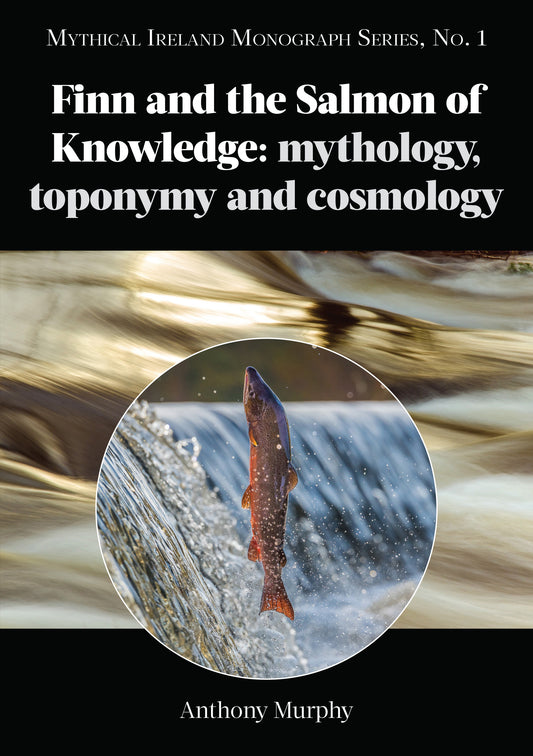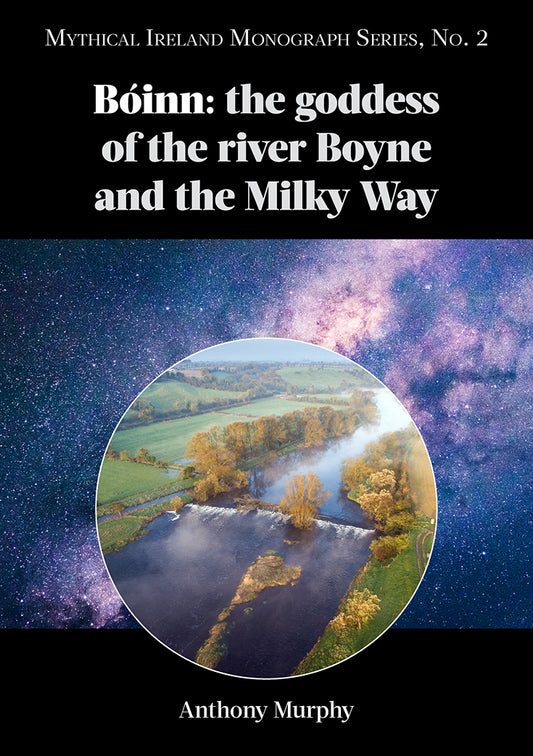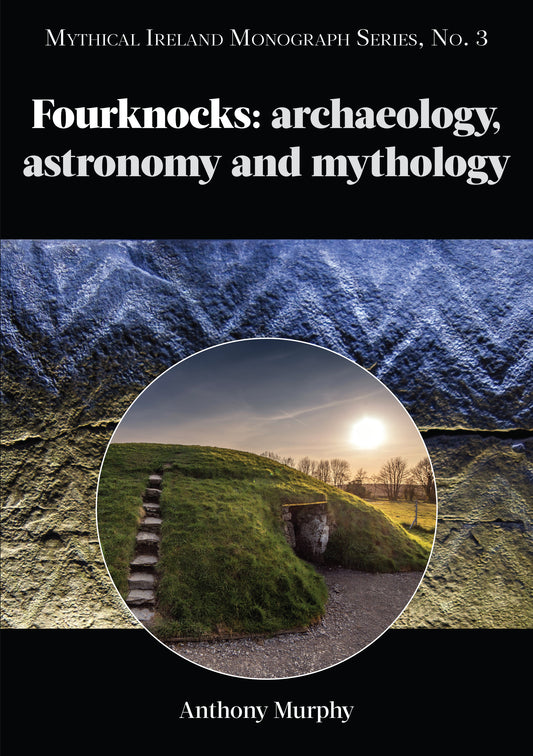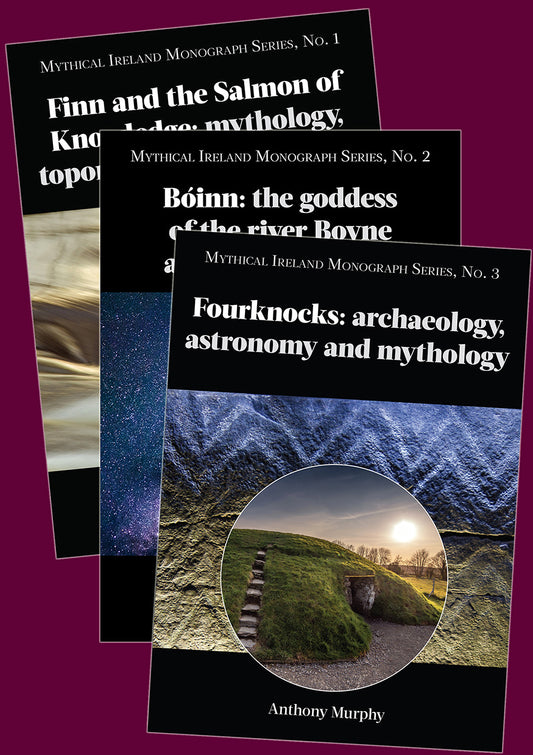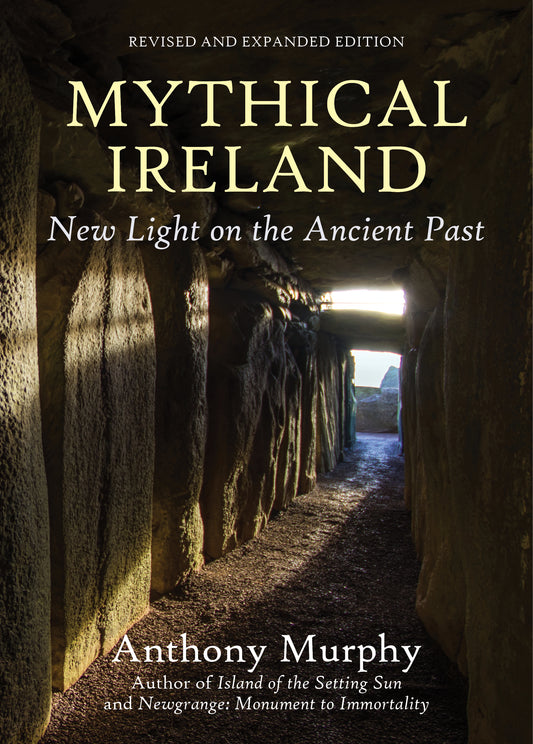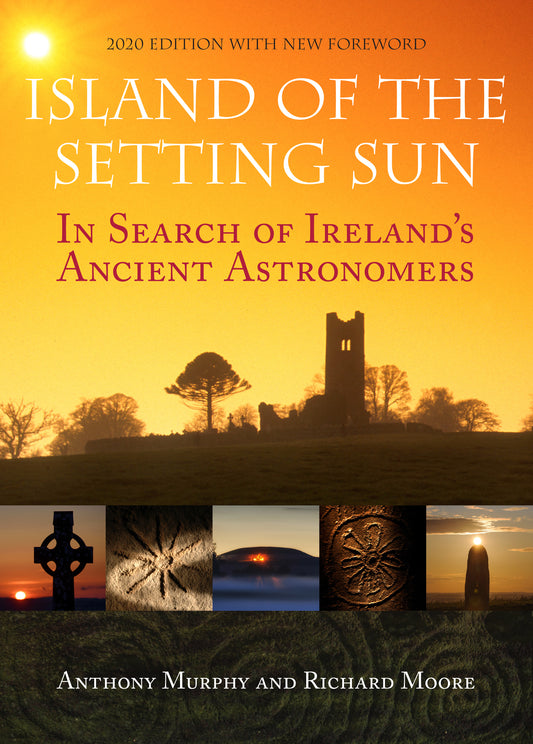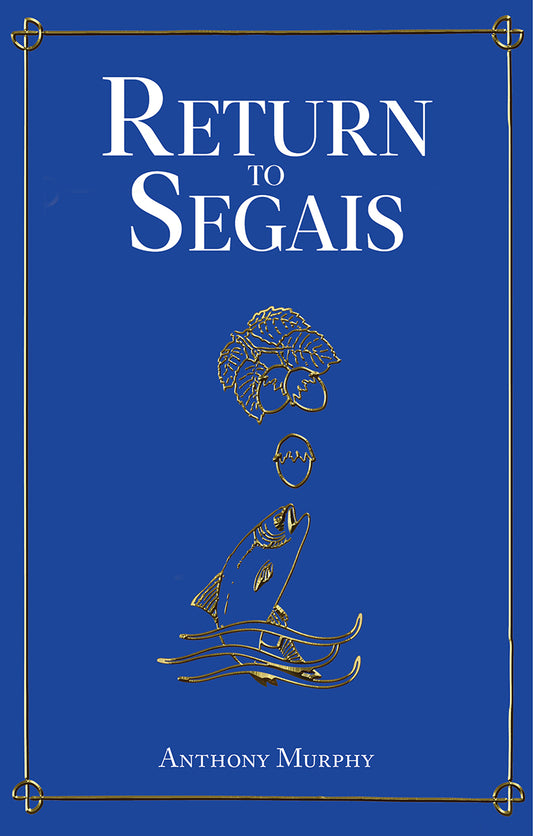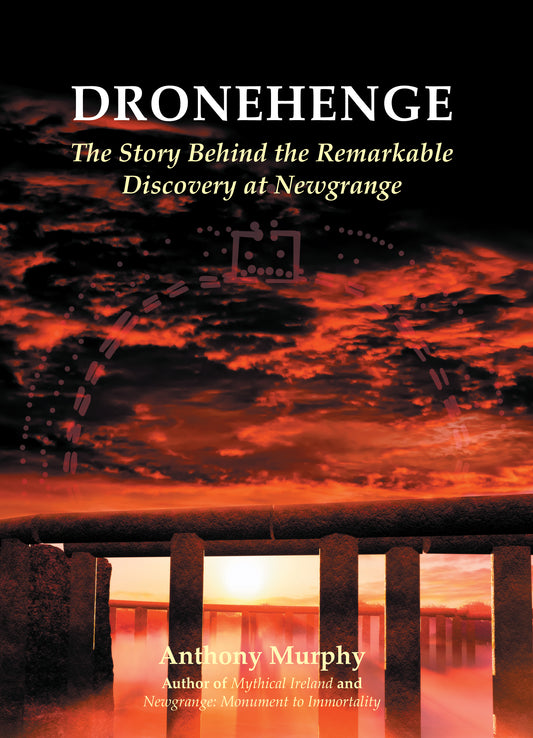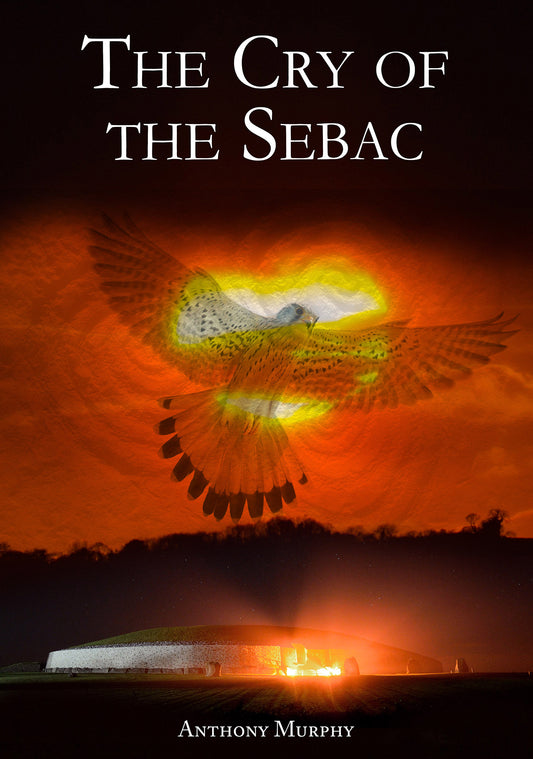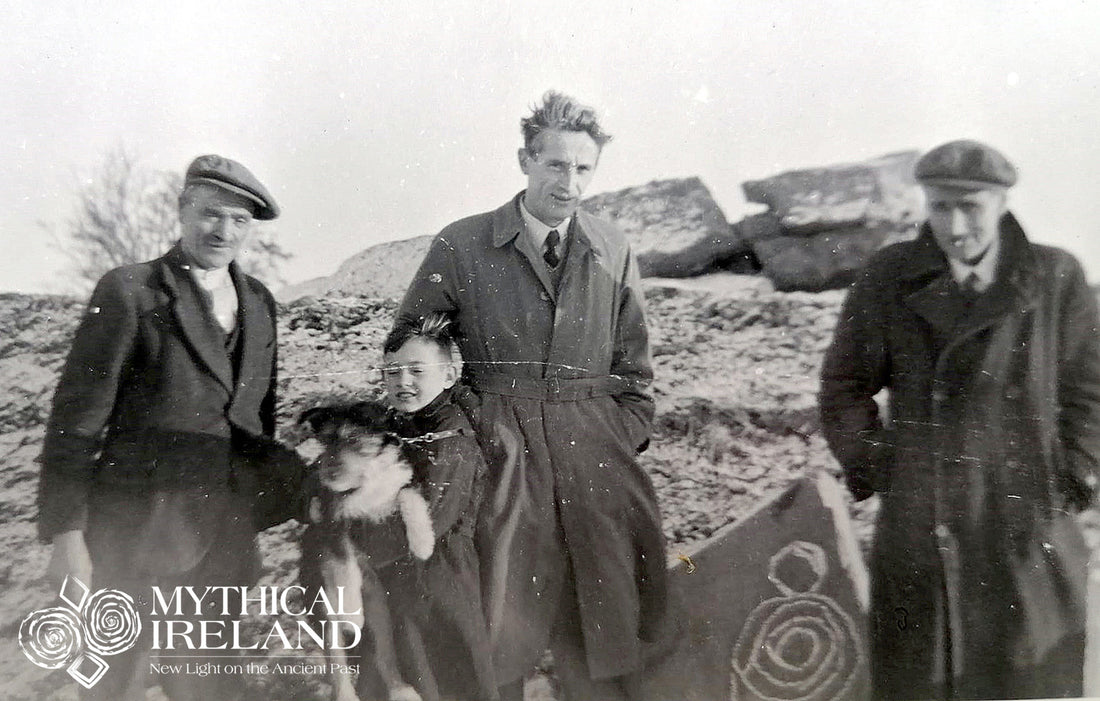
A biographical tribute to an Irish archaeologist whose work on a Neolithic passage-tomb was eye-opening
I recently published the first ever book solely dedicated to the extraordinary Fourknocks passage-tomb, which is situated about 9 miles (15km) as the crow flies from its famous counterpart, Newgrange.
The only other publication dedicated to Fourknocks was the report into the excavations published by the archaeologist P.J. Harnett all the way back in 1957. The excavations had taken place in late 1950. The report, published in the Proceedings of the Royal Irish Academy, is long out of print.
When I was writing my book about Fourknocks, I wanted to pay tribute to P.J. Hartnett, who died at a relatively young age, because without him we would know nothing about what is a very important and unique monument.
The book features a short biographical chapter about Hartnett, including a few photographs of him (and one or two taken during the 1950 excavations) and was helped enormously in this task by his daughter, Brenda McMahon, who provided photos and information about her late father.
As I said at the launch of the Fourknocks book in Drogheda on 4th August, when people like me set out to write about an important archaeological monument, we stand on the shoulders of giants, whose work and research sheds enormous light on the prehistoric past. In this case, my work was largely dependent on the published excavation report by Hartnett. It was the cornerstone upon which my own book was founded.
A week ago or so, I invited Brenda McMahon to write a slightly longer biography of her father, with a view to publishing it on Mythical Ireland. She was immediately enthusiastic about doing so, and today I present that short biographical tribute to the wonderful work of P.J. Hartnett, whose excavations in the Fourknocks area in the early 1950s belonged to the pioneering early decades of the development of archaeology as a professional and scientific discipline by Irish scholars.
To read more about Fourknocks, and indeed the work of Patrick Joseph (P.J.) Hartnett, you can purchase a signed copy of my new Fourknocks book on the Mythical Ireland website.
Below is Brenda McMahon's piece about her father.
The story of Fourknocks begins with my great-uncle Paddy Maguire who was a very enthusiastic antiquary living in Snowtown in the Naul. He had seen interesting mounds on the lands of Thomas Connell at Fourknocks and showed them to his niece Elizabeth O’Sullivan, my father’s sister-in-law. She and my mother had lived for some years with Paddy Maguire and his wife Katie and in subsequent years visited the couple regularly.
Dad was brought to see the area by Mr. Connell in August 1949 and excavations began in September 1950 on what turned out be a megalithic cruciform passage grave with a remarkably large central chamber.
Situated as it is up a short laneway and in such an isolated position, there is an immense sense of its past importance when you arrive at the door. Inside, as your eyes become accustomed to the dark, the wonderful engravings slowly reveal themselves.
A second mound 50 metres away was partially excavated in 1952 and a third, subsequently. Due to ill-health my Dad was unable to bring these latter works to a conclusion and gave card index of the finds, notes, photographs and plans to George Eogan, a fellow archaeologist who had worked with him, so he could publish them in 1971.

My father P.J Hartnett, known to his family and friends as Paddy, was born the second youngest of seven children on 9th March 1908. He grew up in Kilbrin about two miles out of Kanturk in northwestern County Cork and went to school in the De la Salle school in Mallow.
At 18 years of age, he secured fifth place in Ireland in the Easter Scholarship in 1926. He was a native Irish speaker and always had a great love of the language, which he studied at third level. He remained a proud Cork man until he died on 3rd October 1966.
He trained as a primary school teacher in the De la Salle College in Waterford and taught in many schools including one in the Loch in Cork city where he enjoyed teaching the children there and it seems he encouraged them with the odd sixpence when they did good work.
By this time, he had moved to live on the Western Road in Cork where my late brothers Conor and Hugh were born. I was a bit of a late-comer, being born in the months just after he finished working on Fourknocks.
My Dad had many hobbies including photography, cycling, reading and going to the cinema. He had a wonderful singing voice and loved to tell stories but Archaeology was his pastime and his passion. He enjoyed nothing more than tramping up wet hills and visiting mounds, ringforts and crosses, even on his honeymoon with my mother. Fortunately she too shared his enthusiasm.
So strong was his interest in the subject that while teaching he did a B.A. Degree in Archaeology and Irish by night in University College Cork (UCC), in 1936 under the mentorship of Professor Sean P. O’Riordán, who remained a good friend throughout his life.
He carried out a survey on the antiquities of the Barony of East Muskerry in East Cork and when he presented it for thesis in 1939 he was awarded a First Class Honours M.A. He was offered the Humboldt Scholarship from the German Government to study Archaeology in Germany but was unable to take up the opportunity due to the outbreak in 1940 of the Second World War.
Between 1935 and 1946, my Dad was involved in many excavations involving working with Sean P. O’Riordán and Michael J O’Kelly (who would later excavate Newgrange) and in 1944 he was one of the founder members of the committee set up to establish the Cork Public Museum which was officially opened in April 1945.

In 1947, he moved to Dublin to take up an Assistantship in the Irish Antiquities Division of the National Museum of Ireland. There, he worked alongside his good friend Dr. Liam O’Sullivan, a fellow Corkonian and an expert in silver at the Museum who had also been a committee member on the Cork Public Museum.
One of his many Cork friends O’Rahilly, then President of UCC, wrote to Dad to congratulate him on his appointment to the National Museum saying the only consolation he had was that Dad was too old to lose his Cork accent, which indeed he never did.
Throughout his career as an archaeologist in addition to excavating Fourknocks he also excavated Feltrim Hill in Malahide, County Dublin, and he worked on many other sites around the country with O’Riordán and O’Kelly. He made some great friends in the archaeological community both In Ireland and abroad.
After he left the National Museum he took up the post of Antiquities Officer with Bord Failte and spent many years touring and giving lectures on Irish Antiquities both at home and abroad, with many publications to his name.

